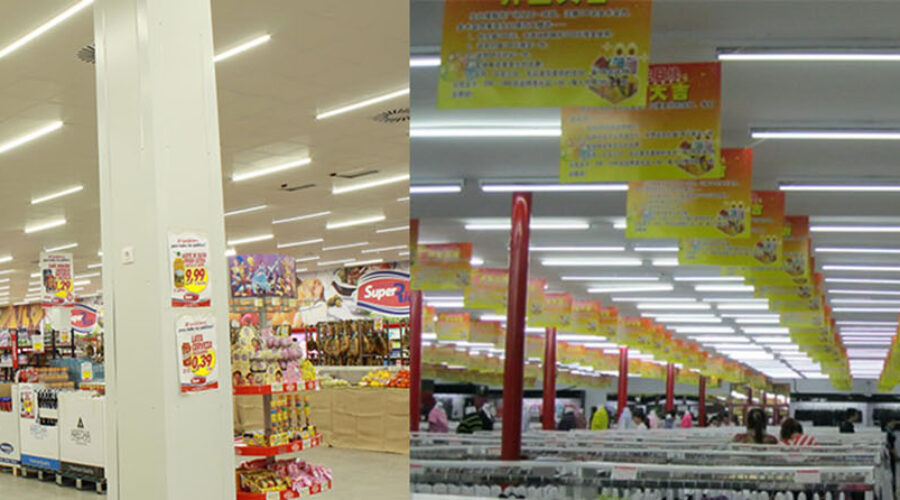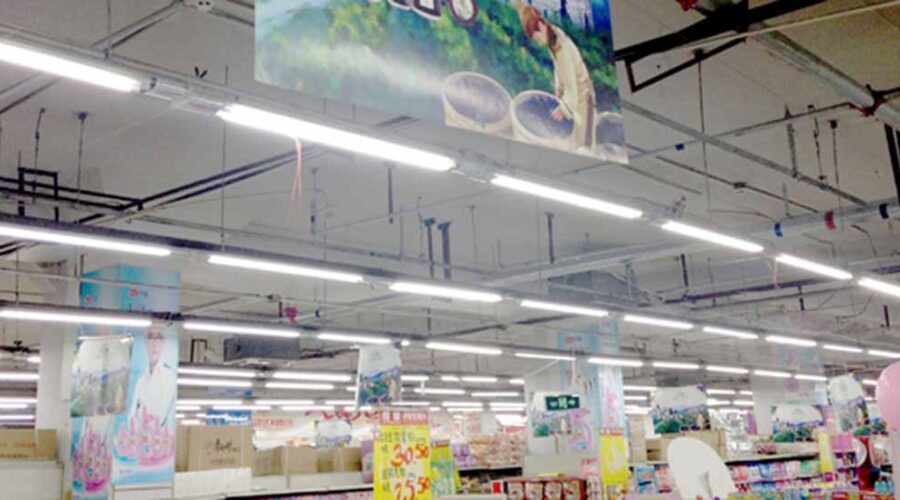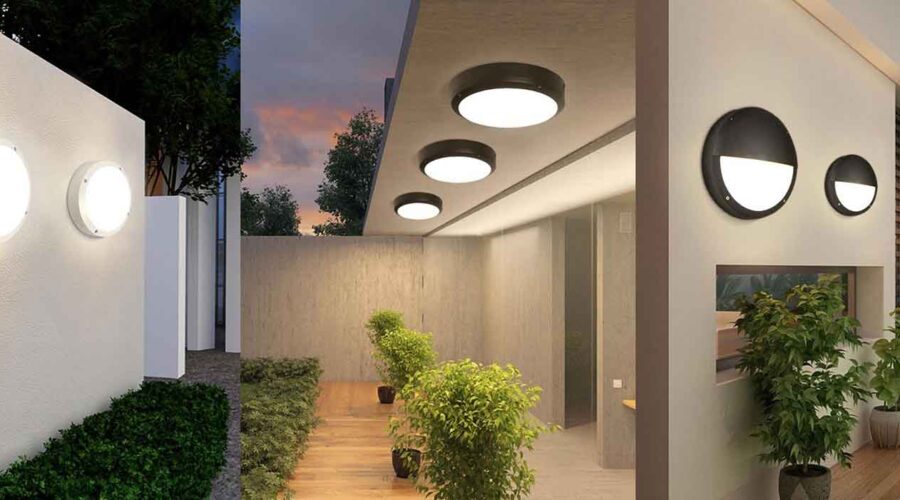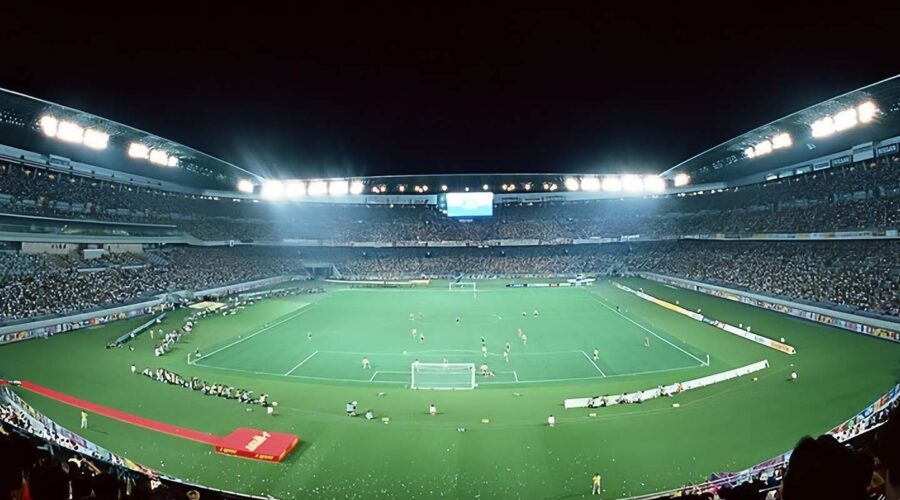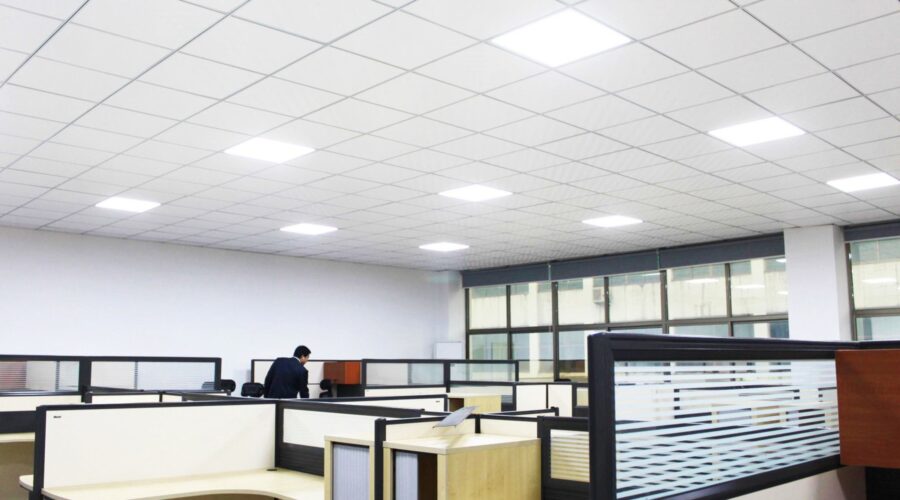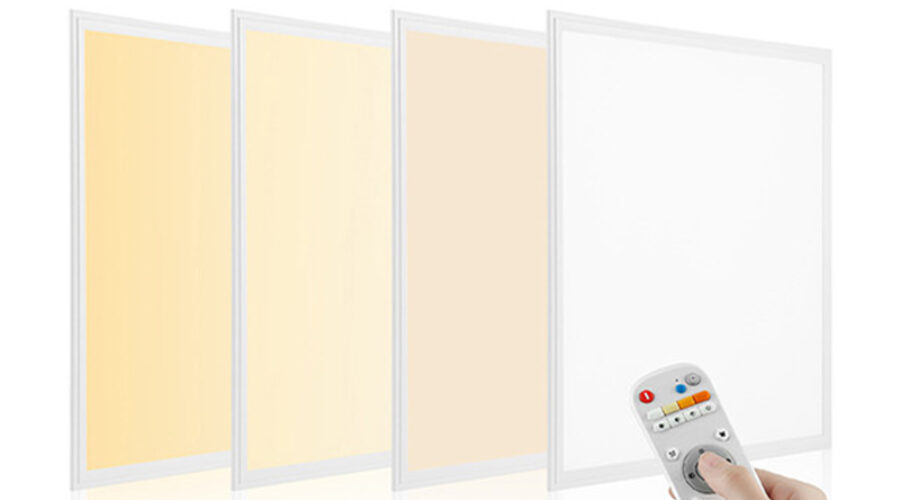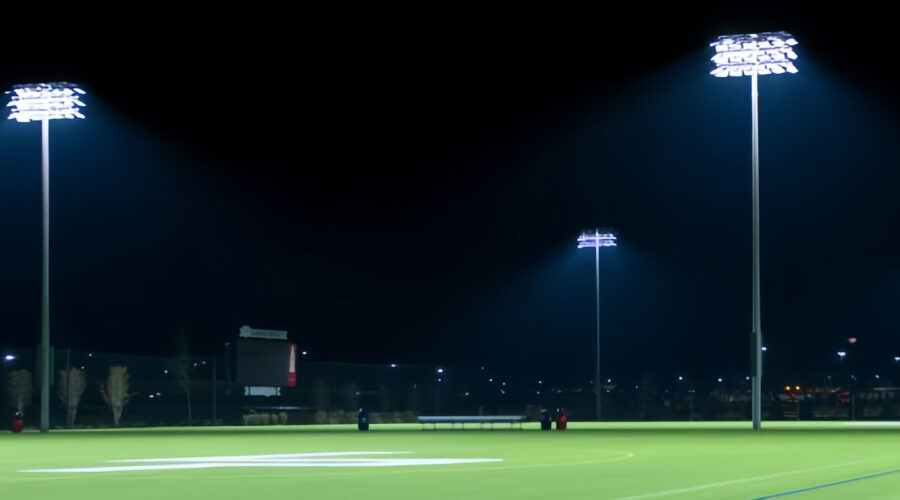Struggling with flickering and high energy costs from your fluorescent shop lights? Outdated lights can drain your wallet and leave your workspace poorly lit. Switching to LED solves these problems, providing brighter light and lower energy consumption. Here’s how to do it right. Converting fluorescent shop lights to LED is a cost-effective way to upgrade your lighting. You can retrofit your existing fixtures with LED tubes or install brand-new LED shop light fixtures. Retrofitting allows you to use the same fixtures by bypassing the ballast, while installing new LED fixtures offers more efficient and modern lighting. Both options drastically reduce […]
Finding the right replacement for your old T12 fluorescent tubes can be confusing. Installing the wrong tube can cause flickering, poor brightness, or even damage. T8 LED tubes can be a great upgrade if you know how to use them correctly in T12 fixtures. Let’s find out how. Yes, you can replace T12 fluorescent tubes with T8 LED tubes, but compatibility depends on factors like ballast compatibility and fixture size. T8 LED tubes are more energy-efficient, offer better lighting quality, and last longer than T12 fluorescent tubes. To ensure a smooth transition, check the ballast type, as some T8 LED […]
Struggling with poor lighting in your drop ceiling? It makes your workspace feel dull and unwelcoming. The right lights can transform that space entirely, boosting brightness and comfort. But how do you choose the best one? Let’s explore. Choosing the right light for a drop ceiling is crucial for both function and aesthetics. LED drop ceiling lights, especially LED 2×4 panels, are ideal due to their energy efficiency, sleek design, and bright, even illumination. Modern drop ceiling lighting options also include recessed lighting and pendant lights, perfect for adding a touch of style while enhancing visibility. Understanding the different types […]
Tired of fumbling in the dark or wasting energy with lights left on? Choosing the right motion sensor ceiling light can solve these issues efficiently. Motion sensor ceiling lights offer convenience and energy savings by automatically illuminating spaces when movement is detected. These lights come in various types, including wired and wireless options, suitable for both indoor and outdoor settings. Understanding the differences between sensor technologies and light specifications is crucial for selecting the best fixture for your needs. Let’s delve deeper into the key considerations to help you make an informed choice. What’s the Difference Between PIR and Motion […]
Poor lighting can ruin a game, frustrate fans, and even cause injuries. Without the right stadium lights, visibility suffers, and safety is compromised. But with the right fixtures, you can ensure a brilliant, safe, and unforgettable experience. Choosing the best stadium lights involves understanding key factors like brightness, uniformity, color temperature, and energy efficiency. LED stadium lights, such as 1000W and 1500W models, offer superior performance, longevity, and cost savings compared to traditional metal halide lights. They provide consistent illumination, reduce glare, and are ideal for various applications, from professional arenas to backyard fields. Let’s explore how to select the […]
Choosing the wrong ceiling light can lead to poor lighting and wasted money. This can result in eye strain, decreased productivity, and higher energy bills. To avoid these issues, it’s essential to understand the differences between LED panel and LED troffer lights. LED panel lights and LED troffer lights are both popular choices for ceiling lighting, but they have distinct differences. LED panel lights are ultra-thin and versatile, suitable for various mounting options. In contrast, LED troffer lights are designed to fit into standard ceiling grids, offering higher brightness and efficiency. Understanding these differences will help you select the right […]
Standard LED shop lights can ignite flammable gases in hazardous areas, leading to catastrophic explosions. To prevent such disasters, explosion-proof lighting is essential. LED shop lights are not inherently explosion-proof. Explosion-proof lights are specially designed to contain sparks and prevent ignition in hazardous environments. They are constructed with robust materials and meet specific safety standards. For areas with flammable gases or dust, using certified explosion-proof lighting is crucial to ensure safety. Understanding the differences between standard and explosion-proof lighting is vital for workplace safety. What Are LED Shop Lights? LED shop lights are linear or round style lighting fixtures designed […]
Choosing the wrong color temperature can ruin a space’s mood, confuse customers, or make workers uncomfortable. But with CCT-changing LED lighting, you can adapt instantly. CCT (Correlated Color Temperature) describes the color tone of white light, measured in Kelvin (K). Lower values (2700K–3000K) create warm, cozy light, while higher values (5000K–6500K) produce cool, daylight-like tones. CCT changing allows dynamic adjustment across a range, while CCT switching offers fixed preset options (e.g., 3000K, 4000K, 5000K). These features use mixed LED chips to deliver flexible lighting, ideal for offices, homes, and commercial spaces needing mood or task-specific illumination. Stick with me—I’ll explain […]
What Are Low Voltage Lights?
Choosing the wrong lighting for outdoor or indoor projects can lead to higher risks, energy waste, and unnecessary repairs. But with low voltage lights, you can avoid all those headaches. Low voltage lights are lighting systems that operate at 12V or 24V instead of the usual 120V or 240V. They are much safer, more energy-efficient, and perfect for outdoor areas like backyards, gardens, and pathways. Thanks to LED technology, low voltage options have become even more powerful and long-lasting, ideal for both home and commercial use. Let’s dig deeper into low voltage lighting and find out if it’s right for […]
Bad lighting can ruin the experience of playing or watching a soccer match. Poor visibility causes missed goals, accidents, and unhappy players and fans. The good news? Great lighting design transforms a field into a professional sports venue. Lighting for soccer fields must meet specific standards for brightness, uniformity, and color quality. It involves choosing the right LED fixtures, mounting them at the correct height, and arranging them to avoid shadows and glare. This ensures safe play and great visibility for players, referees, and spectators. Stick with me to learn everything you need about soccer field lighting and how to […]


